Stories Category: Intensive Care

Data Authorship as an Incentive to Data Sharing
Data from well-designed and well-executed research not only are useful for the original purpose and secondary analyses by the original researchers but also can be repurposed for a variety of applications, including independent... read more
Surviving Sepsis Campaign Guidelines: 2016 Update
Ludwig Lin, MD, speaks with Mitchell M. Levy, MD, MCCM, about the release of the "Surviving Sepsis Campaign: International Guidelines for Management of Sepsis and Septic Shock: 2016," presented at the 46th Critical Care Congress... read more

Physician Burnout Is A Public Health Crisis: A Message To Our Fellow Health Care CEOs
The consequences of physician burnout are significant, and threaten our U.S. health care system, including patient safety, quality of care, and health care costs. Costs are impacted by burnout in direct ways (e.g. turnover,... read more

Gastric Acid Suppression and Recurrent Clostridium difficile Infection
This meta-analysis examines the association between recurrent Clostridium difficile infection and use of gastric acid suppressant medications. Meta-analyses of observational studies suggest that patients who receive gastric... read more

Rules of thumb for writing research articles
The paper provides 'rules of thumb' for writing research articles (RA) and getting them published. These were discussed during the "Scientific writing course" organized for ITC PhD students by Cressie... read more

Learning to talk about death should start early in doctors' careers
At first glance, physicians’ poor understanding of death and the process of dying is baffling, since they are supposed to be custodians of health across the lifespan. Look deeper, though, and it may reflect less the attitudes... read more

This doctor beat burnout by doing these 5 things
Burnout syndrome is a state of emotional, mental and physical exhaustion caused by excessive and prolonged stress. I burned out early. Right out of fellowship, I no longer wanted to be a doctor. The grueling hours, my grumpy... read more
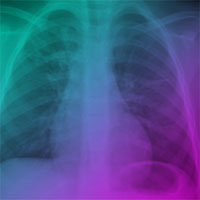
Utility and diagnostic accuracy of bedside lung ultrasonography during MET activations for respiratory deterioration
We investigated the feasibility and diagnostic accuracy of lung ultrasonography during medical emergency team (MET) activations for respiratory deterioration. The ultrasound exam was completed in 49/50 (98%) patients enrolled... read more
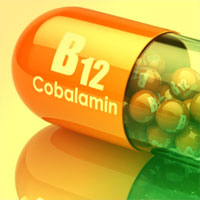
Addition of vitamin B12 to exercise training improves cycle ergometer endurance in advanced COPD patients
Vitamin B12 is essential in the homocysteine, mitochondrial, muscle and hematopoietic metabolisms, and its effects on exercise tolerance and kinetics adjustments of oxygen consumption (V'O2p) in rest-to-exercise transition... read more

7 Ways To Instantly Increase Your IV Success Rate
Stop making excuses for missed IV starts! Hit the vein on the first attempt with these 7 ways to instantly improve your IV success rate. To Instantly Improve Your IV Success Rate, Improve Your Tourniquet Skill. Oftentimes,... read more

Digital tools should not adversely affect the doctor-patient relationship
For years at Partners HealthCare, we’ve been remotely monitoring patients with congestive heart failure, using a combination of vital signs, patient-reported symptoms (the digital component) and a nurse call center run... read more

Perceived safety and value of inpatient "very important person" services
Providing care to "very important person" (VIP) patients can pose unique moral and value-based challenges for providers. No studies have examined VIP services in the inpatient setting. Through a multi-institutional... read more
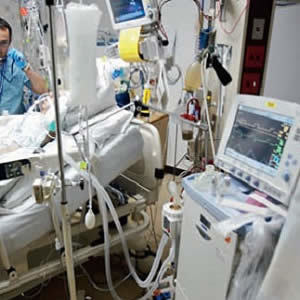
Mechanical Ventilation: Which Patients Benefit from High PEEP?
Among patients with hypoxaemia after cardiac surgery, the use of an intensive alveolar recruitment strategy compared with a moderate recruitment strategy resulted in less severe pulmonary complications during the hospital... read more

Vitamin C and the Ethics of Borrowing data
I was recently amazed to be engaged in a Twitter kerfuffle which generated more than 10,000 Impressions within 24 hours. Passions were running high, libellous comments were being broadcast, and old friendships seemed to be... read more
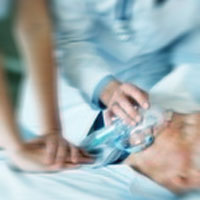
A patient and family initiated rapid response system
Rapid response teams (RRTs) help in delivering safe, timely care. Typically they are activated by clinicians using specific parameters. Allowing patients and families to activate RRTs is a novel intervention. 240 patients/family... read more

The Case for Removing Barriers to APRN Practice
The IOM issued The Future of Nursing: Leading Change, Advancing Health, which called for the removal of laws, regulations and policies that prevent APRNs from providing the full scope of health care services they are educated... read more
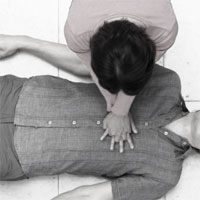
Quantifying the Mortality Impact of Do-Not-Resuscitate Orders in the ICU
Do-not-resuscitate status is an independent risk factor for ICU mortality. This may reflect severity of illness not captured by other clinical factors, but the perceptions of the treating team related to do-not-resuscitate... read more








